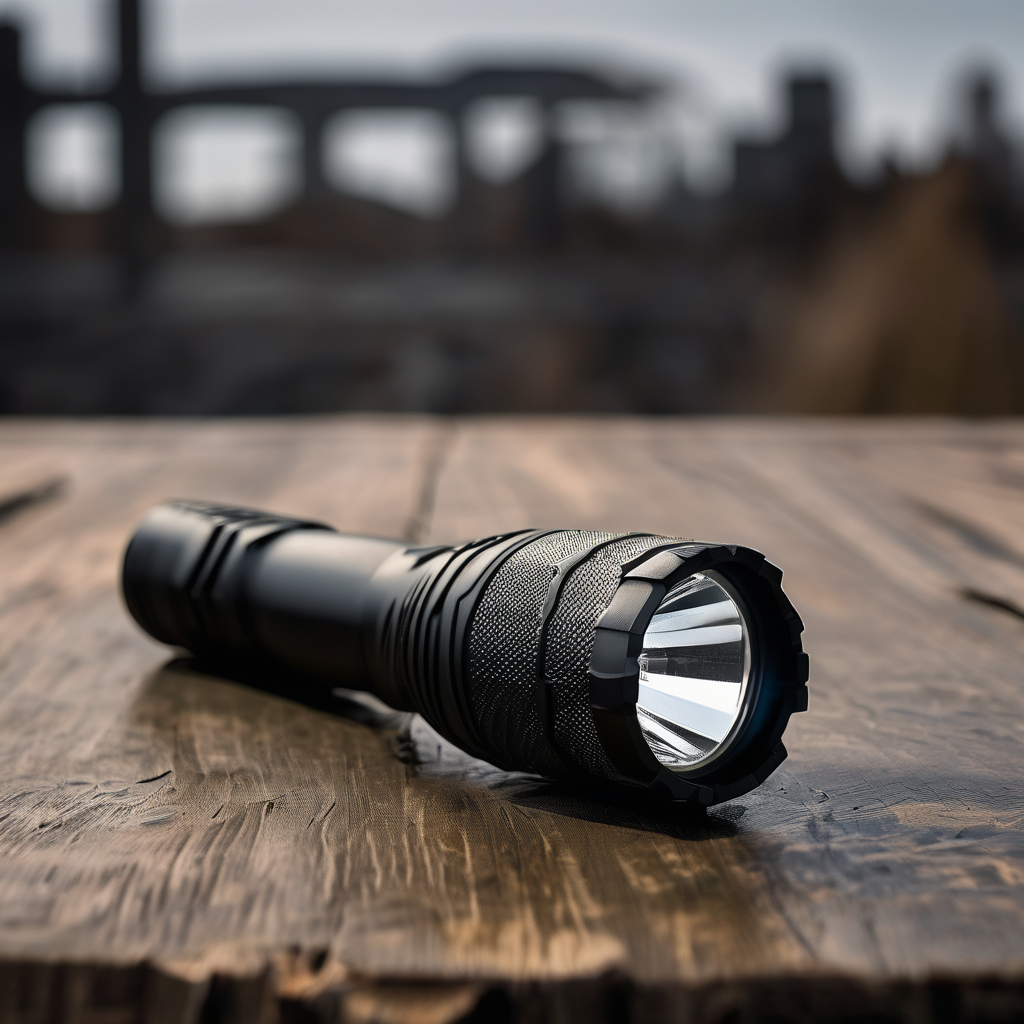Fans of adult animation have much to celebrate as “Splinter Cell: Deathwatch” makes its debut on Netflix on Tuesday, October 14. This new series stems from a collaboration between Ubisoft and Netflix, and it has been crafted by the Danish studio Sun Creature in partnership with the French animation company Fost Studio. Directed by Guillaume Dousse, who also co-founded Sun Creature, the series promises a thrilling blend of gritty realism and dynamic action, with each episode running for about 22 minutes.
Dousse, known for his artistic work on the Oscar-nominated film “Flee,” helms this project in collaboration with co-director Félicien Colmet-Daâge, who has extensive experience from the acclaimed “The Summit of the Gods.” The narrative is co-written by Derek Kolstad, recognized for his work on the “John Wick” franchise, ensuring a compelling story and character development that resonates with fans.
In an interview, Dousse outlines the journey from production designer to director, expressing that it became a natural progression as Sun Creature took the lead in aesthetic development. He revealed that the scale of the project was immense, which led to a partnership with Fost to manage the animatics and storyboards while they handled layout and animation. This collaboration involved a monumental effort, with around 250 artists organized into 13 teams, producing approximately 4,000 shots.
A notable theme throughout the series is the portrayal of an older Sam Fisher, returning to duty with burdened nostalgia, which adds depth to the character and the storytelling. Dousse emphasized the impact of Kolstad’s writing, which portrays violence with weight and significance rather than gratuitously. This nuanced approach aligns with inspirations from live-action cinema, aiming for a balance between intense action and character-driven narratives.
The strong voice acting adds another layer to the show’s gravitas, with meticulous attention to detail during the casting process ensuring that the character interactions resonate authentically. Dousse fondly recalls how facial expressions and subtle character nuances were captured and animated, highlighting the show’s realism.
Visually, “Splinter Cell: Deathwatch” stands out through its atmospheric cinematography and lighting, influenced by both classic thrillers and Satoshi Kon’s distinct style. Dousse explained that the focus was on creating an analog feel and ensuring that key moments were given enough space to resonate within the narrative arc.
With the release date drawing near, Dousse expressed excitement and anticipation about sharing the series with viewers, hoping to spark discussions about the potential of adult animation in exploring mature themes. He acknowledges the common question of why the story was not adapted into live-action, underscoring that animation allows for unique storytelling opportunities that can distinguish it in a crowded content landscape.
As for a second season, Dousse remains enthusiastic but suggests that the focus remains on delivering a satisfying conclusion to the first season, leaving the future open for exploration depending on audience reception. The release of “Splinter Cell: Deathwatch” offers a fresh perspective on animated storytelling, inviting viewers to appreciate the artistry and narrative depth synonymous with the medium.
